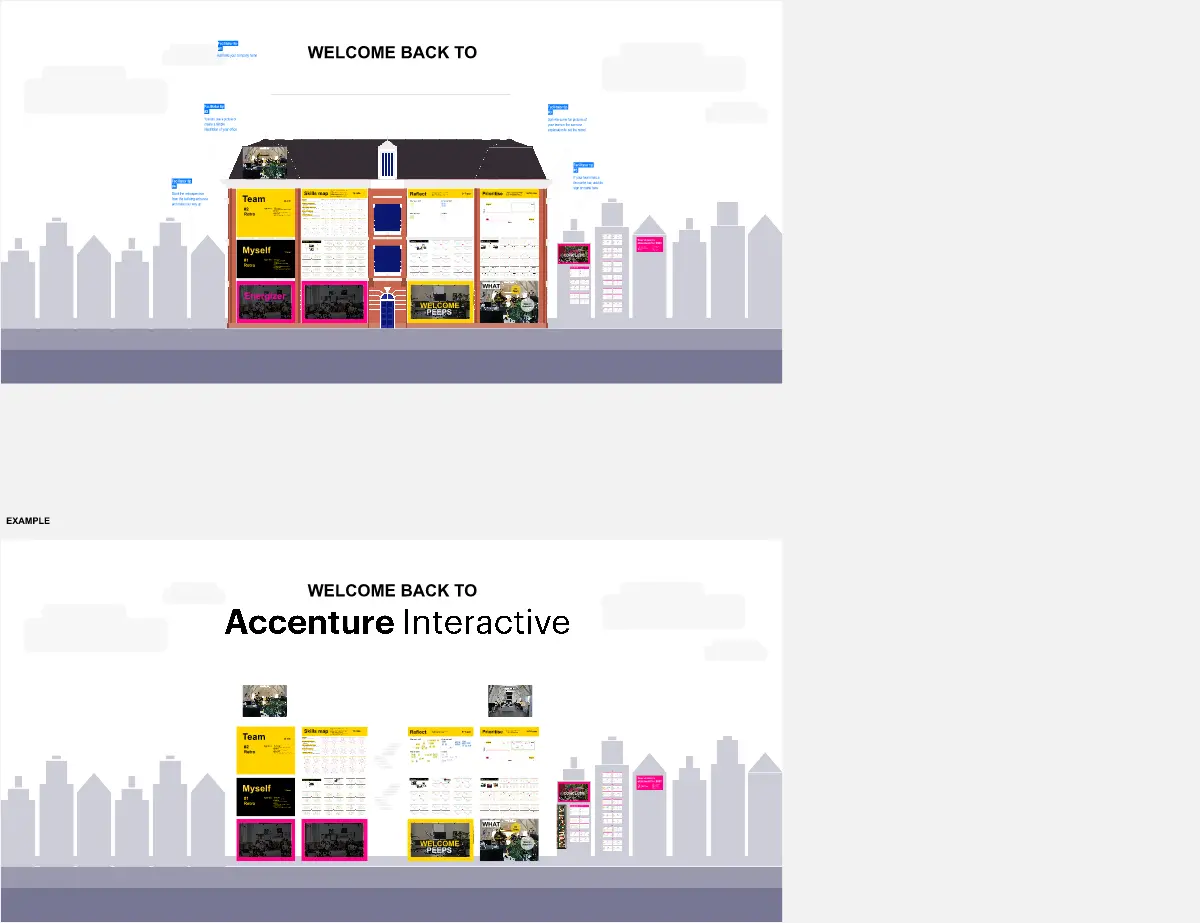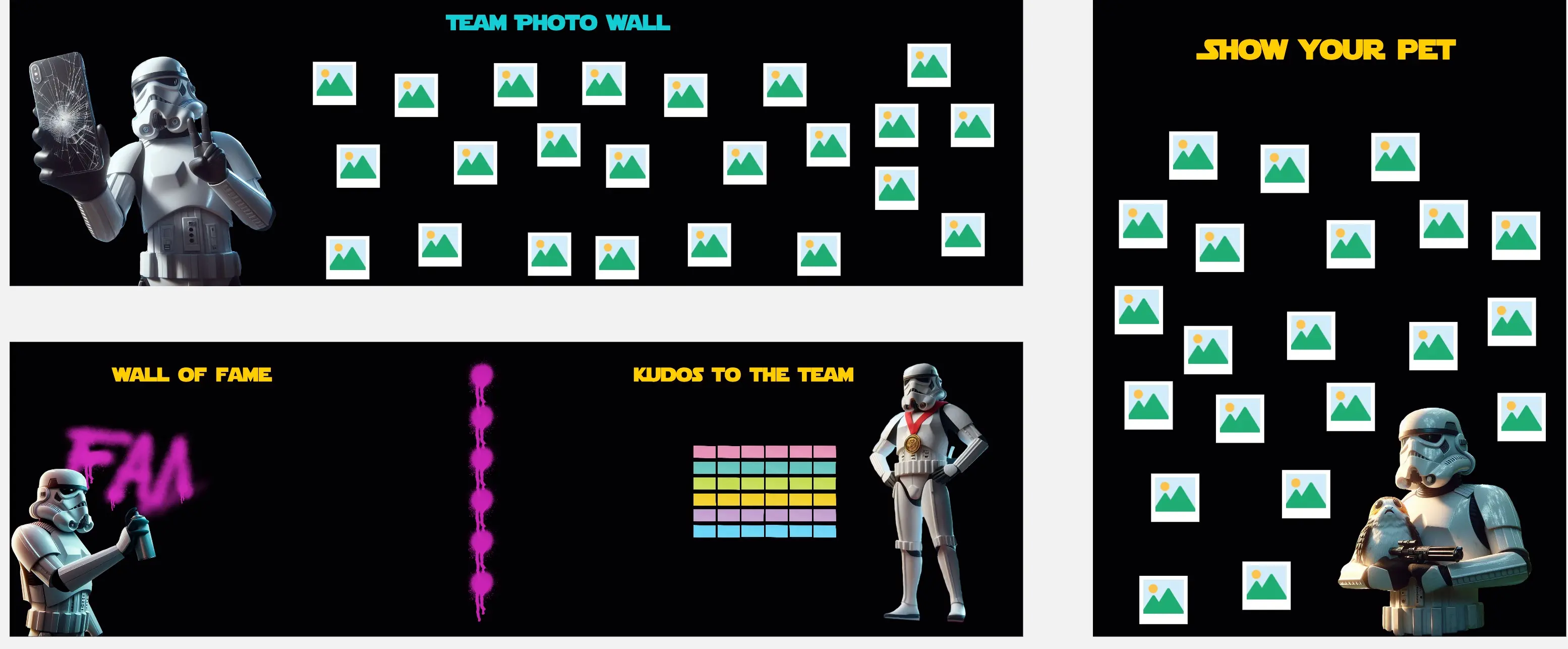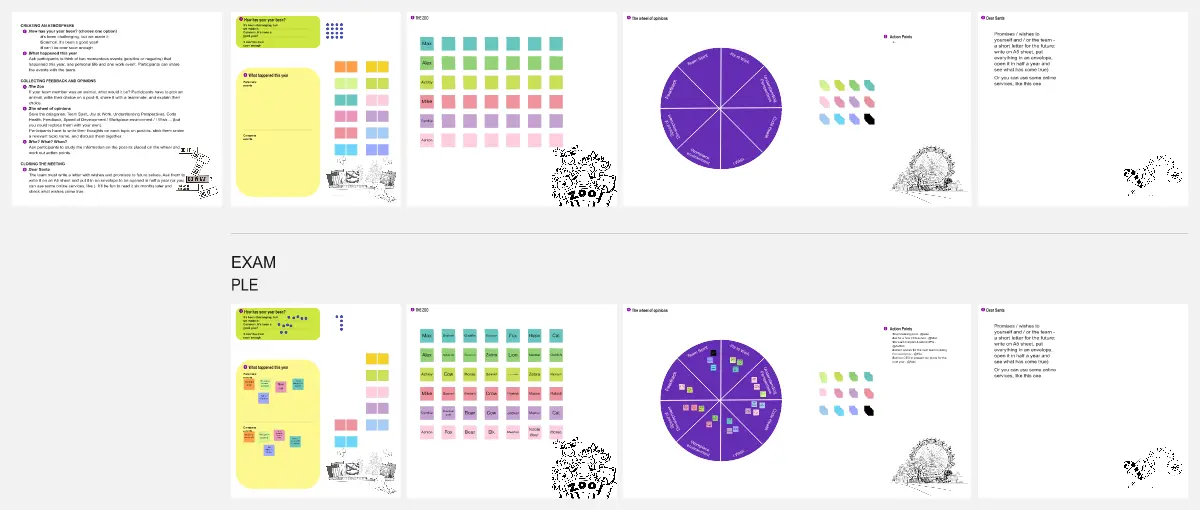Define Team Ceremonies and Meetings
A "Define Team Ceremonies and Meetings" activity is vital for any team as it ensures that meetings are purposeful, efficient, and aligned with the team's goals. Establishing clear guidelines for ceremonies and meetings provides a foundation for structured collaboration and minimizes unproductive time. Here’s why this activity is essential:
Establishes Clear Purpose for Each Meeting: Defining team ceremonies helps clarify the objective of each meeting—whether it's a stand-up, sprint planning, review, or retrospective. This way, each meeting has a distinct purpose, keeping discussions focused and outcomes actionable.
Encourages Efficient Use of Time: Knowing the format, agenda, and timing of each ceremony helps team members prepare, allowing meetings to be concise and efficient. This reduces unnecessary time spent in meetings and ensures that everyone’s time is respected.
Creates Consistency and Routine: Regularly scheduled ceremonies provide a predictable rhythm to the team’s workflow, making it easier for everyone to stay aligned and collaborate effectively. This consistency is especially helpful in agile environments or for teams working across time zones.
Enhances Communication and Transparency: When ceremonies are defined, team members know when and where important information will be shared. This improves transparency, ensuring everyone is aware of key updates, blockers, and project progress.
Aligns Team Goals and Objectives: Defining ceremonies ensures that the team spends time on activities that support project objectives. For example, setting aside time for planning sessions, retrospectives, or demos helps the team stay focused on delivering quality work and continuously improving.
Encourages Active Participation: When ceremonies are purpose-driven and well-defined, team members are more likely to engage and contribute. This fosters a culture of collaboration, where everyone feels their input is valued and their time is well-spent.
Promotes Accountability: Regular ceremonies provide checkpoints for team members to report on their progress, discuss blockers, and commit to their next steps. This accountability helps keep the project on track and allows issues to be addressed before they become problems.
Improves Flexibility and Adaptability: By clearly defining ceremonies, the team can more easily assess what works and what doesn’t, and adjust accordingly. For instance, they may decide to add a demo session for stakeholders or reduce the frequency of certain meetings based on team feedback.
Supports Team Cohesion and Culture: Defined ceremonies create a shared experience, which can strengthen team relationships and foster a sense of camaraderie. This is especially important for remote teams, where intentional touchpoints can replace the informal interactions of in-office work.
Eases Onboarding: A clear schedule of meetings and ceremonies helps new team members understand the team's workflow quickly, improving their integration and productivity.
A "Define Team Ceremonies and Meetings" activity allows teams to set up a strong structure that supports productive collaboration and aligns everyone around shared goals.
Categories
Similar templates







